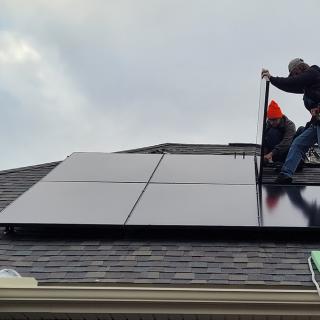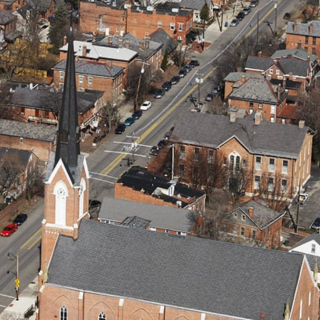Advertisement
In November and December 2015, over 60,000 folks converged on Paris for the 21st United Nations Meeting of the Countries of the Partnership on the Kyoto Principles for Ecological Impact (COP 21 - UN Framework on Climate Change [UNFCCC]). The final accord agreed to at 7:36 p.m. on December 13, 2015 in Paris by over 185 countries,195 nations in all, is the first climate agreement that addresses, although voluntarily, fossil fuel impact on the global economies. In this accord, the Global South Nation-State leaders and the Developed Nation-State politicians devised a system to financially sustain (although voluntarily setting up a fund of $100B a year) a global development model that seeks alternatives to fossil fuel energy sources by 2050. In theory, the newest development model's energy sourcing will reduce fossil fuel use by the rich nations and will spawn newer developing economies that will use alternative energy sourcing by adopting this development model. In 2015, the Global Sustainable Development Goals adopted by the United Nations replaced the expiring United Nations Millennium Goals, where the 17 GSD goals move equality and ecological balance to the primary status that which the global scientific community has pushed (https://sustainabledevelopment.un.org/).
All over the globe the COP 21 represented an opportunity to reach global leaders through sustained street and alternative actions in Paris and over 20 other countries as far reaching as Uganda (500,000 marched in Kapala alone), Bolivia (Indigenous Nation communities shut down major highways to expose development threatening sacred lands), and India (tens of thousands of farmers marched the streets during November 29 and December 12, designated as days of Global actions for Climate Justice.
In a declaration by the Climate Coalition 21 organizers state, "Climate change is one of the greatest challenges humankind must face!"
When attending the September 20, 2014 Peoples' Climate March in Paris, Yoshie and I decided to return to join the street actions to push COP 21 leadership to an accord. The COP 19 (2009) talks failed in Copenhagen, where the rich nations balked at paying for a new development model and the poorer nations refused to accept the foregone conclusion that they will forever remain on the periphery of the Global Political Economy.
Locally, both November 29 and December 12 saw street actions that pushed for an alternative development model and reduced/eliminated fossil based energy sourcing. 350.org affiliated organizers, Simply Living's Chuck Lynd and Community Bill of Rights' Carolyn Harding were among folks who organized actions on Columbus streets to correspond with the Global Climate Justice Actions aspiring to bring some citizen pressure on the COP 21 leadership to achieve an accord that reduces global temperature rise through planned energy shifts away from fossil fuels. Intersections across the region were chosen, Drexel and Main Street, North Broadway and High Street, and Delaware, Ohio, as convergence spots for interested folks who wanted to show solidarity were able to participate.
For 2016, more plans are developing by local and global organizers for Climate Justice, so look for details as the actions approach or get involved by calling any organization that is doing justice work and build people's power for justice. You can always call the Community Organizing Center or stop me on the street, and ask how to get involved. Call 614-252-9255 or contact, <walk@igc.org>, or check out <mrzine.org>
See you all in the streets for Justice!! The Earth is not for Sale, and Mother Earth will not surrender!!
One of the main Climate Coalition 21 member organizations, Alternatiba, closing statement raps up the next phase very well,
« C'est pas fini, pas fini, ça ne fait que commencer ! » (It is not done, it is beginning!!")





